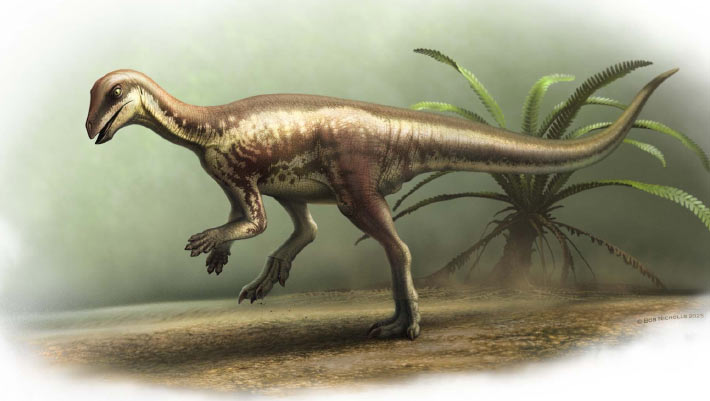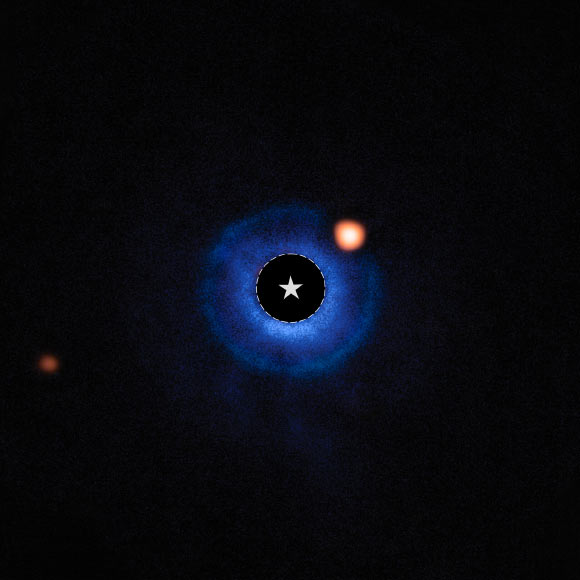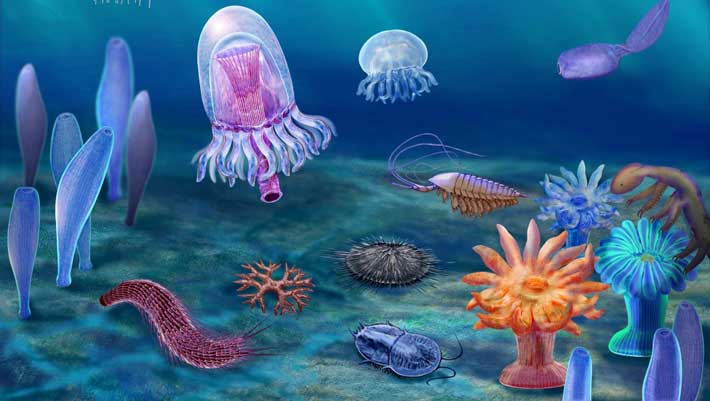A remarkable new genus and species of neornithischian dinosaur being named Enigmacursor mollyborthwickae has been identified from a three-dimensionally preserved postcranial skeleton found in the Morrison Formation of Colorado, the United States.
Enigmacursor mollyborthwickae roamed our planet during in the Late Jurassic epoch, between 150 and 145 million years ago.
This dinosaur was a two-legged herbivore about 0.5 m (1.6 feet) tall and a little over 1 m (3.3 feet) long.
The species would have been darting around the floodplains of the western United States in the shadows of giants like Diplodocus and Stegosaurus.
“There are signs that the dinosaur was not fully grown: the top section of vertebrae (the neural arches), which form separately to the lower parts and fuse together as the animal ages, were not fully fused in place, suggesting Enigmacursor mollyborthwickae may have been quite young,” said Natural History Museum, London paleontologists Susannah Maidment and Paul Barrett.
Enigmacursor mollyborthwickae’s partial but three-dimensionally preserved skeleton with some associated teeth was unearthed in 2021 and 2022 from a commercial quarry of the Morrison Formation in Moffat County, Colorado
At the time, the specimen was thought to be a Nanosaurus, a poorly-known species of small herbivorous dinosaur first named in the 1870s.
However, on closer inspection, the paleontologists deemed the original Nanosaurus specimen too poorly preserved to serve as a reliable reference for identification.
With better-quality fossils having been found, they officially set aside the name Nanosaurus in the interest of taxonomic stability.
Differences between the original specimen and the new specimen were the final pieces of the puzzle to confirm it as a new genus and species.
“The discovery of Enigmacursor mollyborthwickae enhances the diversity of ornithischian dinosaurs from the Morrison Formation and provides new information on their anatomy,” the researchers said.
“In addition, it demonstrates that there is additional cryptic diversity of small-bodied Morrison Formation ornithischians, suggesting they were a more diverse component of these Late Jurassic ecosystems than was previously realized.”
A paper describing Enigmacursor mollyborthwickae was published this week in the journal Royal Society Open Science.
_____
Susannah C.R. Maidment & Paul M. Barrett. 2025. Enigmacursor mollyborthwickae, a neornithischian dinosaur from the Upper Jurassic Morrison Formation of the western USA. R. Soc. Open Sci 12 (6): 242195; doi: 10.1098/rsos.242195

























